A yogic perspective on what makes you uniquely YOU

The yoga tradition always recognized that human beings are not one-dimensional or merely physical entities, but rather, we are multi-faceted beings with a range of interconnected layers. The Panchamaya Model (also called Five Koshas) is a way to organize our thinking when it comes to five main layers of our systems: physical structure, physiological processes, the content of our minds, our ideas and attitudes toward our surroundings, and our sense of connection to other people, society and the Universe. Each of these aspects plays a crucial role in our overall well-being and experience of life.
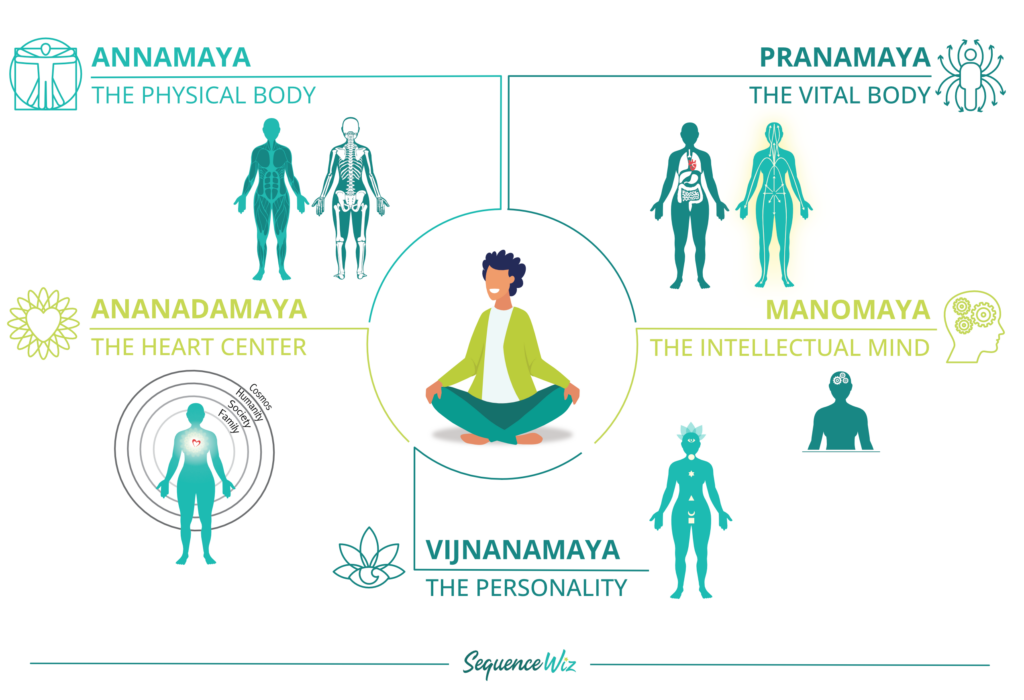

All aspects of the physical body must be nourished, taking into account individual needs and limitations. The body is always changing, and four main instinctive drives shape the direction of that change: the urges for food, sleep, sex, and self-preservation. The impact of these urges and our attitudes toward them need to be considered when we work on the physical body layer.
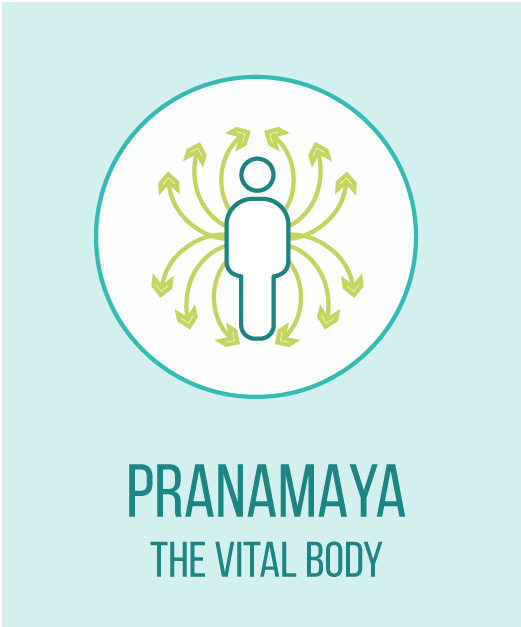
Prana is the energetic force that animates both body and mind. As humans, we replenish our prana through food, water, and experiences. The physiological functioning of the body is affected by the flow of prana along its five major currents: prana, apana, vyana, samana, and udana. Breath is a vehicle for prana.
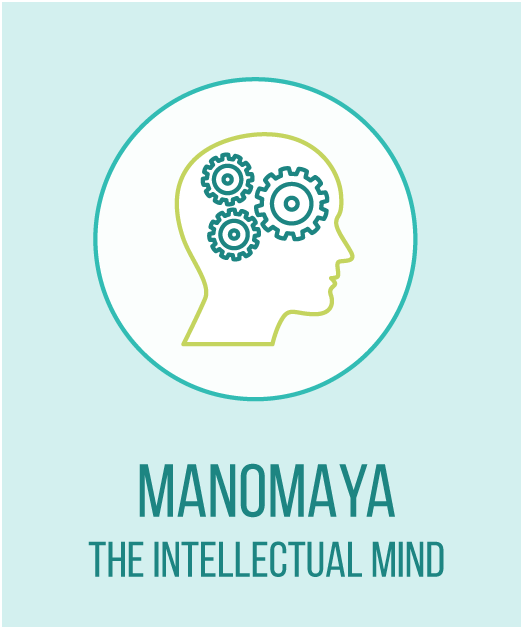
The conscious mind receives sensory impressions from the external world. Through the mind’s activity, we can plan our actions, manipulate the world around us, make mental associations, recall memories, make decisions, and foresee the consequences of our choices. Much of the human experience takes place on the level of the conscious mind.

The personality dimension reflects our present attitudes, perceptions, motives, basic beliefs, and behavior. It’s affected by our experience and conditioning. There are four levels of conditioning that shape our personality: genetic programming, personal biography, the society in which we are raised, and our own inherent tendencies. We have great potential to recognize, transform, evolve, and refine our personalities.
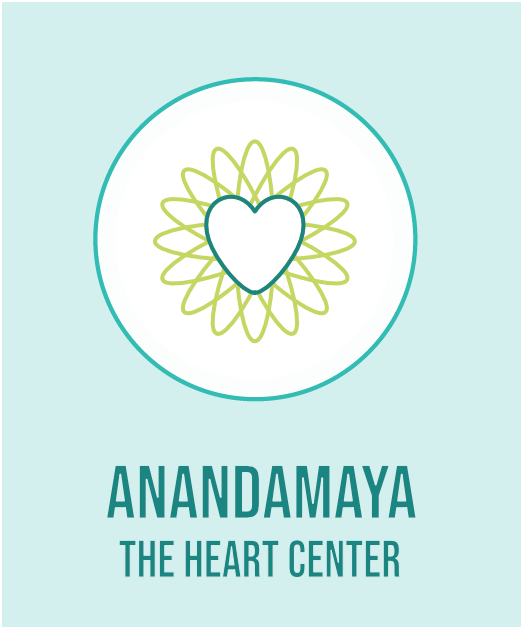
The dimension of the heart is the deepest and the most profound. This layer of joy and inner bliss is meant to illuminate our physical bodies, our energy and physiology, and our thoughts and behavior. Through the heart, we can relate to others and find fulfillment. Ultimately, it can become a source of unconditional happiness by connecting to something greater than ourselves.
All five dimensions are important at every age and life stage. However, the practice of yoga can and should evolve throughout different stages of life because, as we evolve, our physical, emotional, and mental needs change. The beauty of yoga is that it’s adaptable to meet these evolving needs, helping maintain balance and well-being at every phase AND prepare us for the next stage, as well.
But what kinds of practices are appropriate for each stage and why? During 2025, we will investigate the meaning of different life stages and try yoga practices that would be appropriate for specific life periods. We will also address problem areas that can creep up at each life stage. Be sure to follow along!

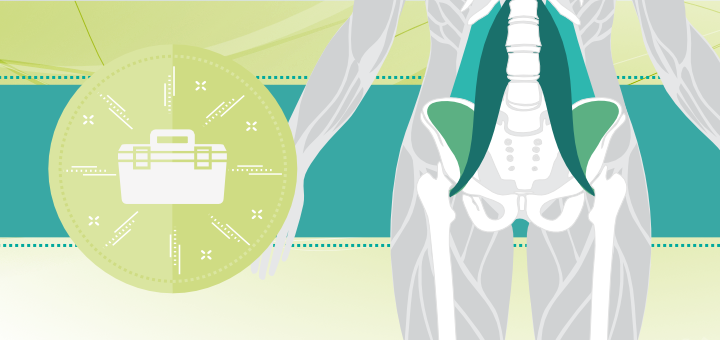




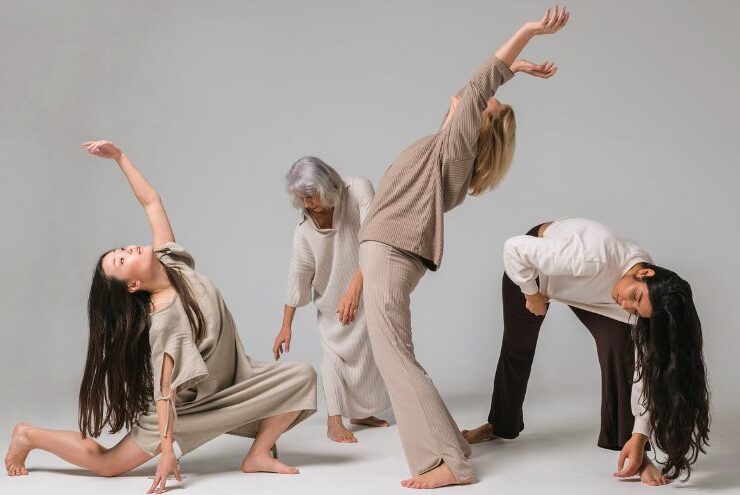



Great Tonic! Thank you so much 🙏